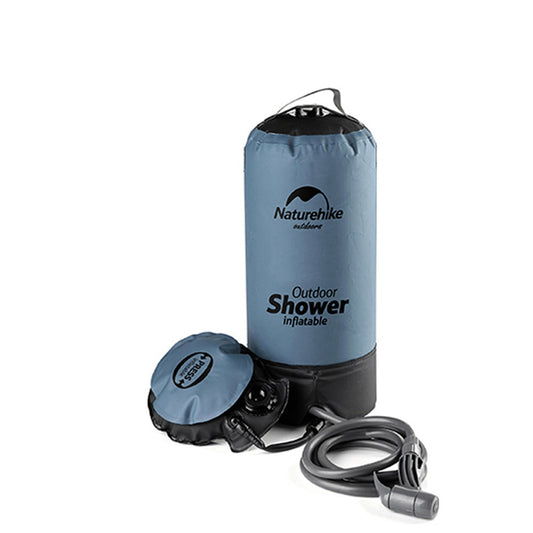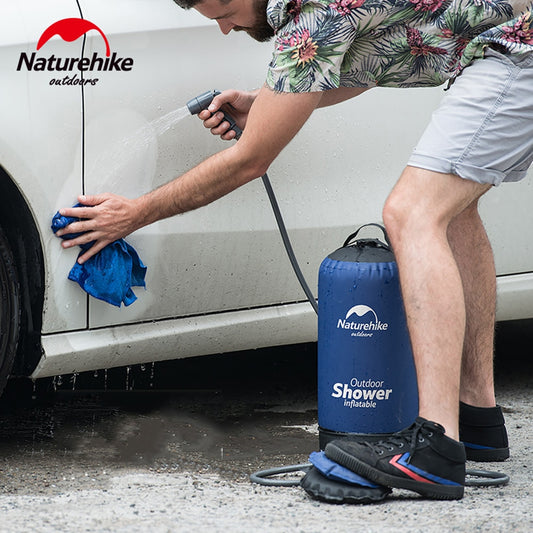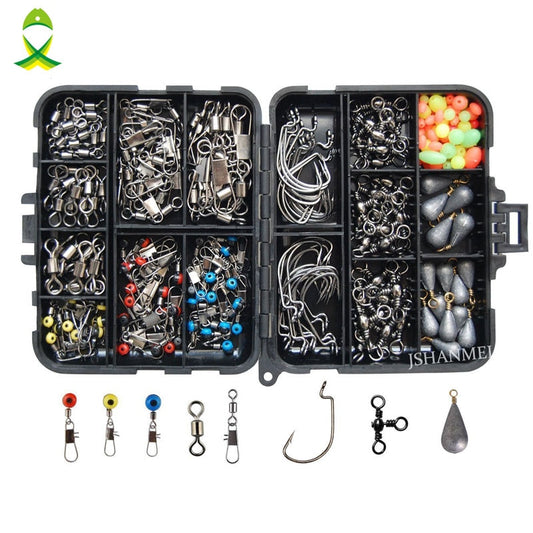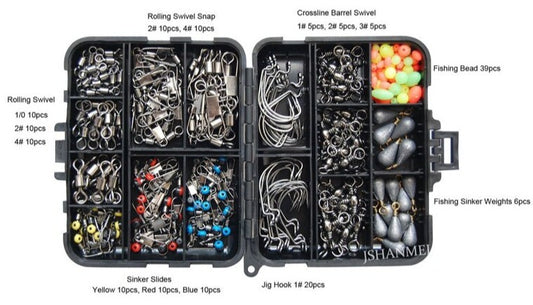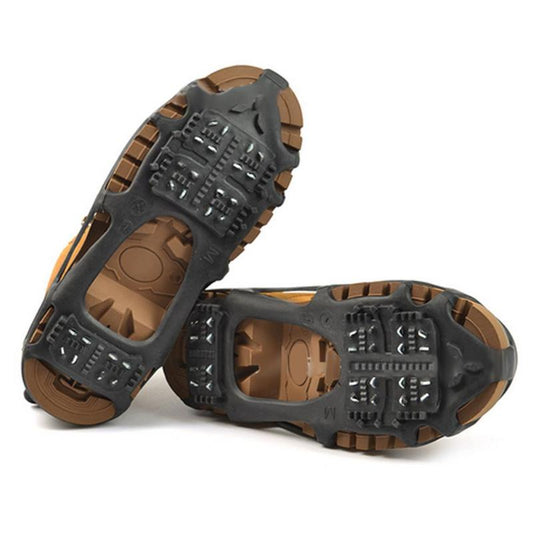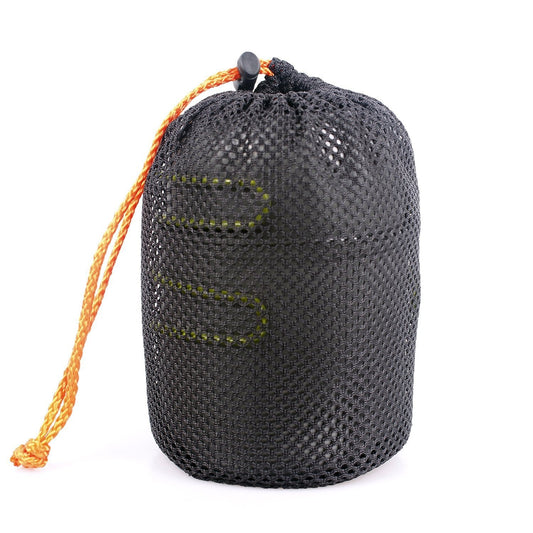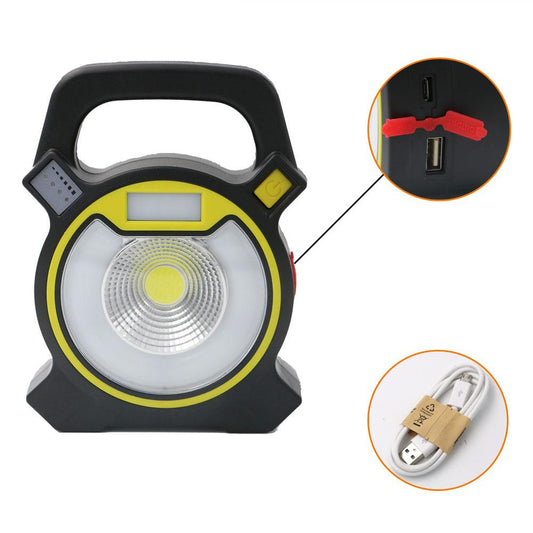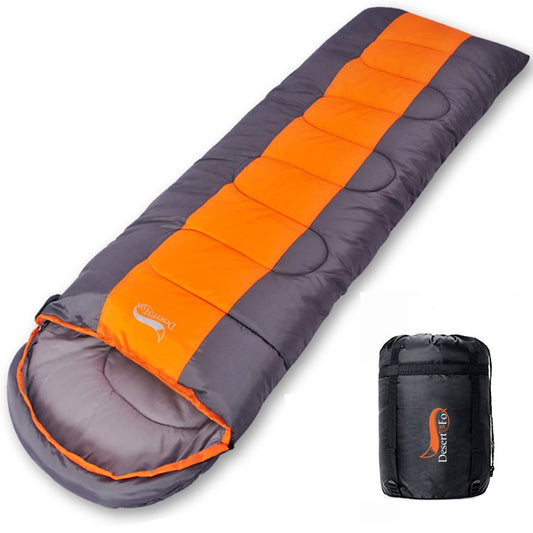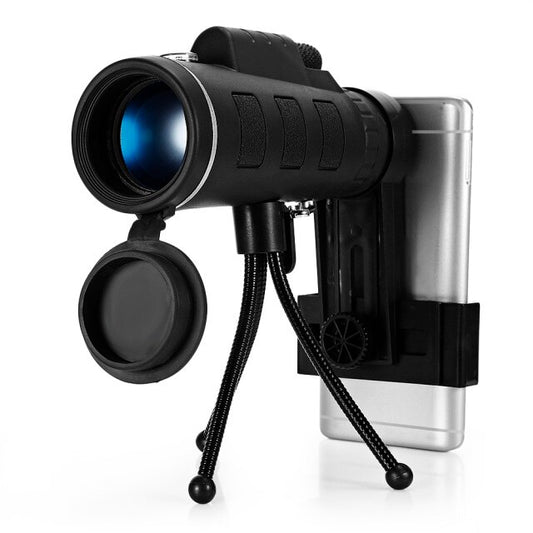
How To Stay Safe With Self-Defense Skills
Share
When it comes to personal safety, having self-defense skills can make a significant difference in dangerous situations. Whether you are walking alone at night or facing a potential threat, being prepared with the right techniques can help you stay safe.

Self-defense is about protecting yourself from harm by using physical force or techniques. The key principles include awareness, avoidance, de-escalation, and physical defense as a last resort. By being aware of your surroundings and potential threats, you can often avoid dangerous situations altogether.
Situational awareness is crucial for staying safe. Pay attention to your surroundings, trust your instincts, and avoid distractions like using your phone while walking. By staying alert and focused, you can spot potential threats early and take action to protect yourself.
Basic self-defense techniques include striking vulnerable areas like the eyes, nose, throat, and groin. Learning how to deliver effective strikes can help you fend off an attacker and create an opportunity to escape. Additionally, techniques like blocking, kicking, and grappling can be valuable in self-defense situations.
The basic techniques of self-defense focus on awareness, prevention, and physical responses that help protect yourself in dangerous situations. Here are the core techniques:
🔒 1. Awareness and Prevention (Most Important)
- Stay alert: Know your surroundings, especially in unfamiliar or isolated areas.
- Avoid risky situations: Walk confidently, avoid distractions (like phones), and trust your instincts.
- Set boundaries: Use assertive body language and voice if someone makes you uncomfortable.
🛡️ 2. Basic Physical Self-Defense Techniques Strikes (Target Weak Areas)
- Palm strike: Strike the nose or chin with the base of your palm.
- Elbow strike: Powerful and close-range; great for hitting the head or chest.
- Knee strike: Drive your knee into the attacker’s groin or thigh.
- Kick: Aim for shins, knees, or groin – especially useful if you want to escape quickly.
Blocks and Deflections
- Forearm block: Deflect punches or grabs with your arms.
- Parry or redirect: Use open hands to move attacks aside with minimal effort.
Escapes from Common Holds
- Wrist grab release: Twist your wrist toward the attacker’s thumb and pull away.
- Bear hug escape (from behind): Lower your weight, stomp on their foot, and elbow or strike backward.
- Choke escape: Tuck your chin, turn to the side, and raise your arms to break free.
🧠 3. Psychological Techniques
- Use your voice: Yell “Back off!” or “Help!” loudly – this attracts attention and may scare the attacker.
- Stay calm: Panic reduces your ability to act. Controlled breathing can help.
🏃♀️ 4. Escape and Get Help
- Prioritize escape: The goal is not to fight, but to get away safely.
- Call emergency services as soon as possible.
🥋 Optional: Learn Martial Arts for Self-Defense
These can build confidence and skill:
- Krav Maga (practical self-defense)
- Brazilian Jiu-Jitsu (grappling/ground defense)
- Muay Thai or Boxing (striking)
- Judo or Aikido (throws and redirection)
Regular practice is essential for honing your self-defense skills and building muscle memory. By training consistently, you can improve your reflexes, coordination, and confidence in using self-defense techniques. This can make a significant difference in a high-stress situation where split-second decisions matter.
Self-defense training not only equips you with physical skills but also boosts your confidence and mental resilience. Knowing that you have the ability to protect yourself can help you feel more empowered and prepared to handle challenging situations. Confidence is a key component of self-defense and personal safety.
Remember, self-defense is about protecting yourself and staying safe in threatening situations. By learning and practicing self-defense skills, you can enhance your safety awareness and readiness to respond effectively when needed. Stay safe, stay prepared, and prioritize your personal safety at all times.
Presented by Coach Trina at Dragoyle.com





